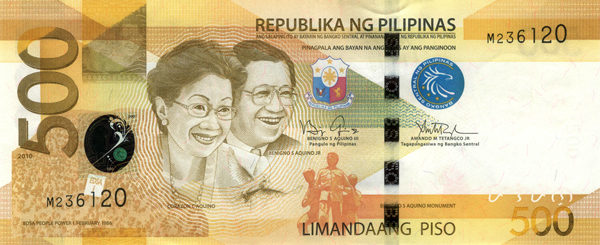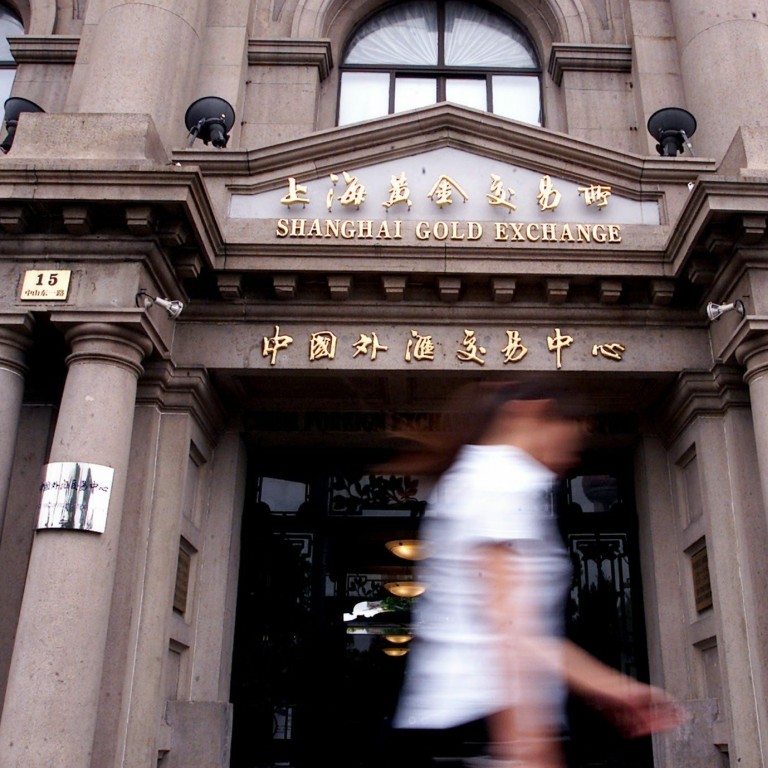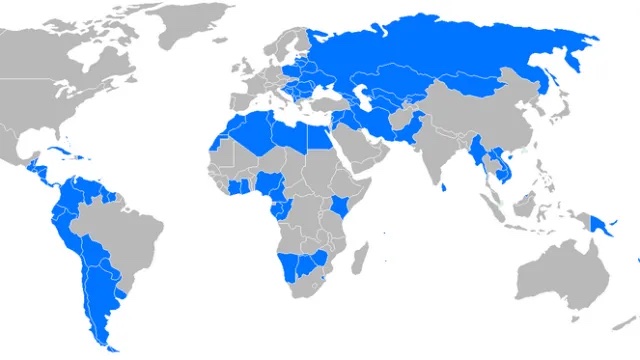Peso Expected To Be Asia’s Top Performer Of 2016
The latest survey carried out by Bloomberg shows executives in the Philippines view a rate hike by the US Federal Reserve as the primary issue surrounding the movement of the Philippine peso (PHP or peso). Results of the survey, which were released on August 30th, also show that the stunning “Brexit” vote of the United Kingdom in June had little impact on the peso and it was “not an issue that would affect the peso,” according to those polled.
The survey was conducted during Bloomberg’s FX16 symposium in Manila. The event, which drew domestic and regional executives to Manila, was headlined by Governor Amando M. Tetango Jr. from Bangko Sentral ng Pilipinas (BSP). An audience of more than 220 foreign exchange bankers, traders, brokers, and corporate treasurers came together in the capital to discuss the current challenges and opportunities within the FX markets. Regulation, volatility and electronic trading were in the spotlight as topics on a marquee panel featuring top executives from Macquarie, Ayala Corporation, Sun Life and HSBC.
Poll results showed that 55 percent of market participants expect the Philippine peso to be the best performing Asian currency against the US dollar through year-end, pointing to a higher level of confidence in the future of the economy. In addition, 33 percent were optimistic about another Asia-region currency: the Japanese yen. However when it comes the regional emerging peers including India, Indonesia, and China, “very few expect a strong showing against the US dollar for these currencies”.

86 percent of those polled expect the Philippine peso to remain stable between PHP46 and PHP48 against the US dollar, which is above the average rate of USD/PHP 43.935 over the last five years. The majority of respondents (85 percent) also expect the central bank to maintain its benchmark interest rate at 3 percent, reinforcing that sentiment on the balance between inflation and economic growth is currently on a comfortable path.
Over half of those surveyed see hedging against market volatility as the biggest FX challenge for firms in the Philippines, while one-quarter of respondents say navigating regulatory requirements is the biggest challenge.
“We are delighted that Governor Tetango and the FX community came together with us to discuss key opportunities and challenges of the foreign exchange market,” said Grant Coombe, Bloomberg’s APAC FX Business Strategy Lead in a company statement. “With the economy of the Philippines on a strong growth trajectory, our poll reinforces the optimism market participants hold as it pertains to the outlook of its currency and economic prospects.”
Photo Credit: CreativeRoots.org








